Movies are a huge investment, with studios pouring millions into making them bigger, bolder, and more exciting. But not every film turns out to be a hit, and sometimes, all that cash doesn’t lead to the success everyone expected. Some of these big-budget projects not only failed at the box office but also left a lasting impact on the industry, making us wonder what went wrong. From disastrous scripts to poor marketing, these movies are reminders that even the best plans can sometimes go terribly off course.
In this list, we’re looking at 25 of the most expensive movie mistakes that became box office flops. These are the films that, despite their hefty budgets, couldn’t recover their costs or failed to live up to the hype. While they may have had star-studded casts or cutting-edge special effects, their lack of success is a lesson in how a movie’s potential doesn’t always translate into ticket sales. And even though they didn’t succeed at the box office, they’ve certainly become unforgettable parts of movie history.
John Carter (2012)

“John Carter,” released in 2012, was expected to be a major hit. With a budget exceeding $250 million, the film aimed to capture the magic of Edgar Rice Burroughs’ stories. However, it struggled to connect with audiences. The narrative complexity and unfamiliarity with the source material contributed to its downfall. Despite impressive visual effects, the film failed to recoup its costs.
The studio hoped for franchise potential, but box office earnings were disappointing. Consequently, “John Carter” is often cited as one of the most notorious box office failures, emphasizing the risks of high-budget filmmaking.
The Lone Ranger (2013)
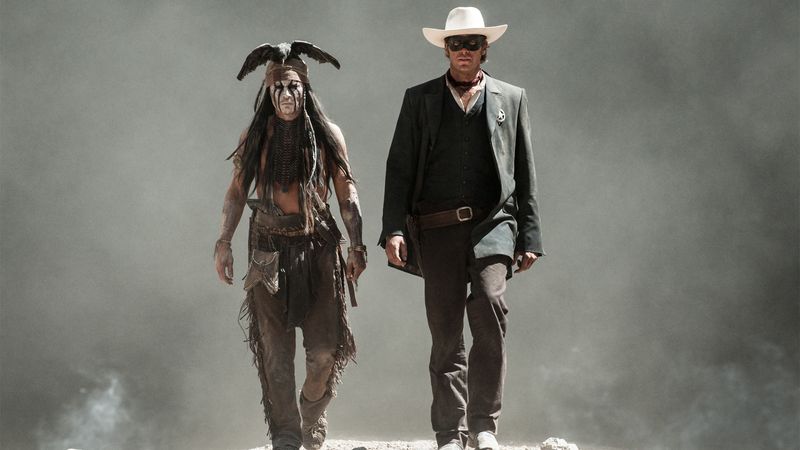
“The Lone Ranger” was another high-budget film that failed to meet expectations. Starring Johnny Depp and Armie Hammer, it cost around $225 million to produce. Despite the star power and iconic source material, it couldn’t capture audience interest. The film faced criticism for its length and pacing.
While the action sequences were praised, they weren’t enough to save the film from financial ruin. It serves as a lesson that a strong cast and beloved characters don’t guarantee success, highlighting the importance of coherent storytelling.
Mars Needs Moms (2011)

“Mars Needs Moms” is a cautionary tale about the perils of motion capture technology. With a budget of $150 million, it was one of Disney’s most expensive animated flops. The film’s uncanny animation style failed to engage audiences, resulting in poor box office returns.
Critics highlighted its lackluster story and uninspiring characters as major setbacks. Ultimately, the film’s failure led to the shutdown of its production company, ImageMovers Digital. It serves as a reminder of the challenges in blending technology with storytelling in animation.
R.I.P.D. (2013)
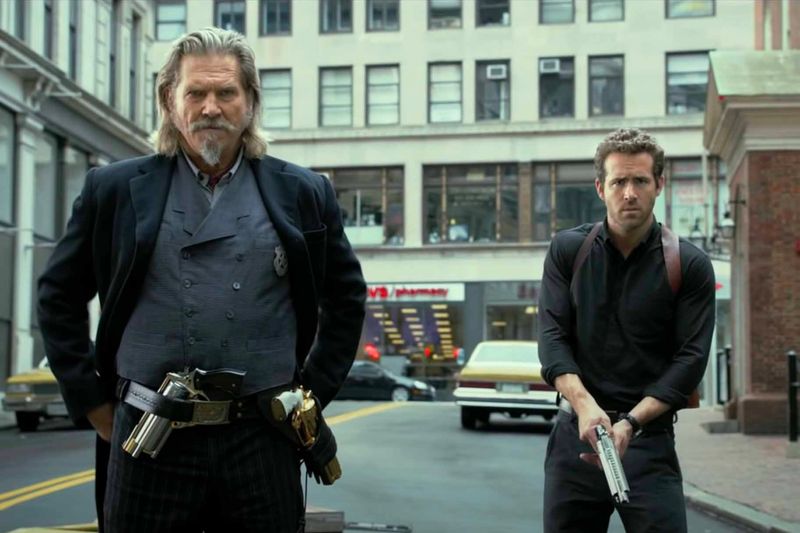
“R.I.P.D.” attempted to blend action and comedy but fell short at the box office. With a budget of around $130 million, it starred Ryan Reynolds and Jeff Bridges as otherworldly cops. Despite its intriguing premise, the film struggled to find its audience.
Critics cited its derivative plot and lack of originality as reasons for its failure. The film’s humor and special effects couldn’t compensate for its narrative weaknesses. Its financial loss underscores the importance of fresh concepts in genre filmmaking.
47 Ronin (2013)
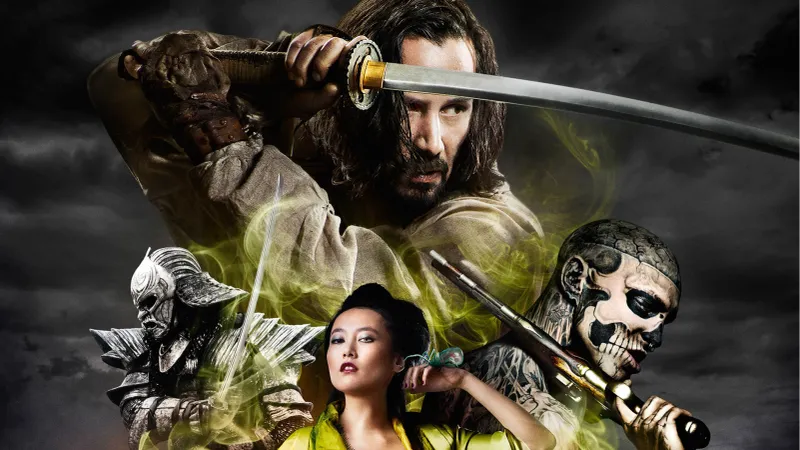
“47 Ronin,” starring Keanu Reeves, was meant to be an epic historical fantasy. However, its $175 million budget didn’t translate to box office success. The film faced various production issues and creative disagreements, impacting its final version.
Critics pointed out its convoluted plot and lack of character depth as significant detractors. Despite the visually stunning action sequences, the film couldn’t connect with audiences. Its commercial failure highlights the complex relationship between production challenges and audience reception.
King Arthur: Legend of the Sword (2017)
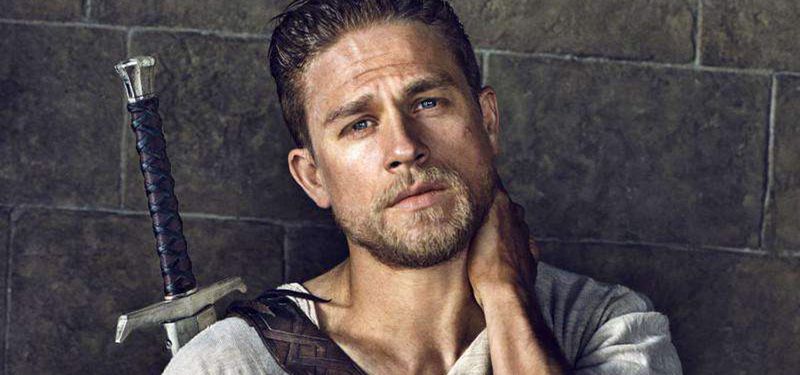
“King Arthur: Legend of the Sword” was a modern take on the classic tale, but it failed to capture audience interest. With a production cost of $175 million, the film struggled to recoup its budget. The movie’s style over substance approach and narrative shortcomings were criticized by many.
Despite ambitious visuals, it couldn’t overcome the lack of compelling storytelling. Its failure serves as a reminder that reimagining classic stories requires more than just visual flair to succeed at the box office.
The 13th Warrior (1999)
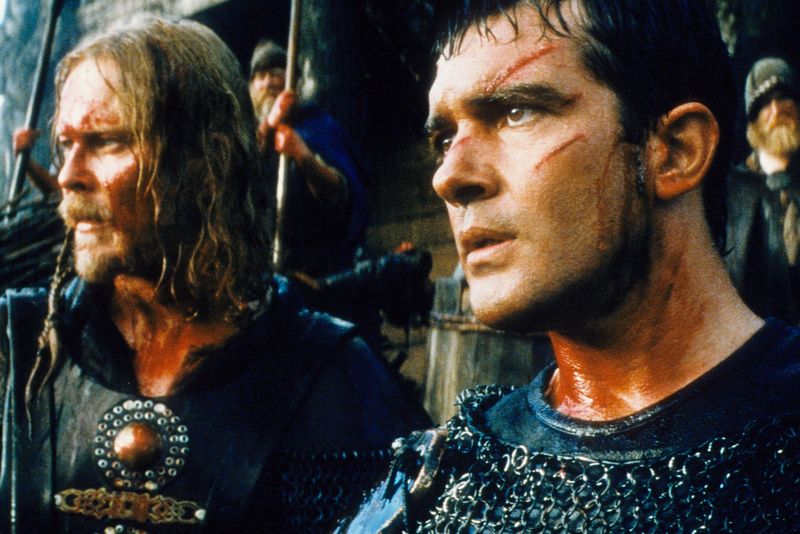
“The 13th Warrior,” starring Antonio Banderas, was adapted from Michael Crichton’s novel. Despite its intriguing premise and $160 million budget, it floundered at the box office. The film’s troubled production and recuts led to a disjointed narrative.
Critics noted its lack of character development and cohesion as major flaws. The film’s failure highlights the importance of a strong script and cohesive vision. It remains a reminder of the challenges in adapting literary works to the big screen.
Cutthroat Island (1995)
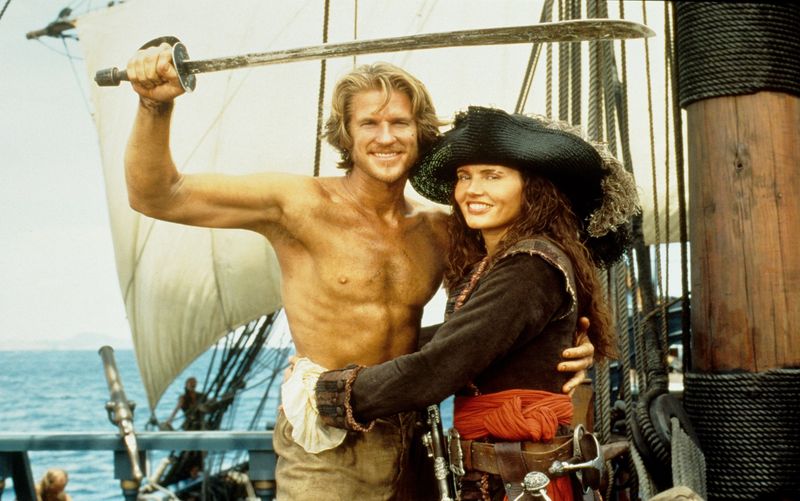
“Cutthroat Island” is infamous for its massive financial loss and troubled production. Starring Geena Davis, it had a budget of $98 million, a significant amount in 1995. The film faced numerous setbacks, including script rewrites and production delays.
Despite its action-packed scenes, it failed to connect with audiences, leading to a box office disaster. The film’s failure serves as a cautionary tale about the risks of high-budget filmmaking without a solid foundation. It remains one of the biggest flops in cinema history.
The Adventures of Pluto Nash (2002)

“The Adventures of Pluto Nash,” featuring Eddie Murphy, is a quintessential example of a high-budget flop. With a budget of $100 million, it grossed only a fraction of its cost. The film’s weak script and lack of humor were widely criticized.
Despite a talented cast, it failed to entertain audiences, leading to its dismal financial performance. Its failure underscores the importance of strong storytelling and engaging content in ensuring a film’s success, regardless of star power.
The Alamo (2004)
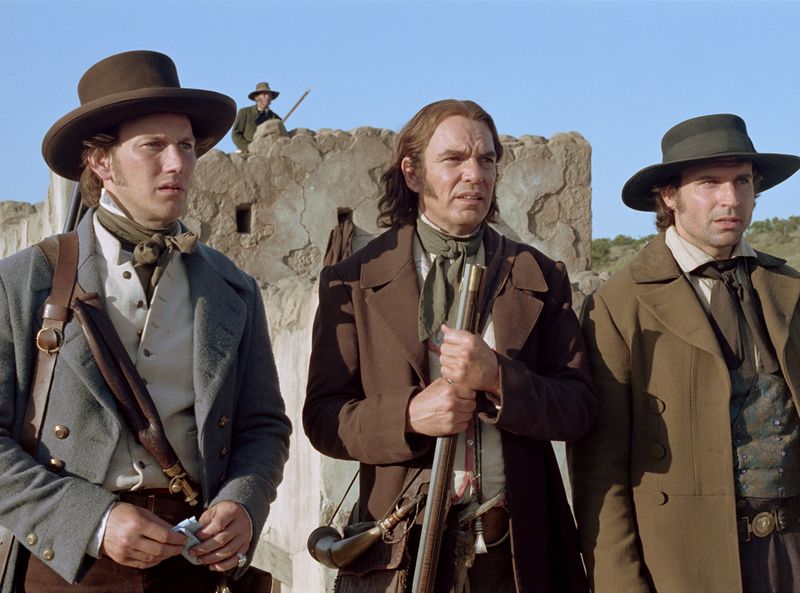
“The Alamo” was a historical epic that failed to draw audiences. With a budget of $107 million, it struggled to break even at the box office. The film’s slow pacing and lack of emotional engagement were cited as reasons for its failure.
Despite its attention to historical detail, it couldn’t captivate viewers or critics. The film serves as a reminder that historical accuracy alone cannot guarantee a film’s success, and emotional resonance is crucial in engaging audiences.
Stealth (2005)

“Stealth” was an action thriller that failed to soar at the box office. With a $135 million budget, it was a financial disappointment. The film’s premise of autonomous fighter jets was intriguing, but its execution fell flat.
Critics highlighted its lackluster plot and character development as significant flaws. Despite impressive visual effects, it couldn’t compensate for narrative shortcomings. “Stealth” underscores the importance of balancing technology and storytelling in creating successful cinema.
The BFG (2016)

“The BFG,” directed by Steven Spielberg, was a visually enchanting film that failed to perform at the box office. With a budget of $140 million, it didn’t meet financial expectations. The film’s slow pacing and lack of tension were noted by critics.
Despite its beautiful visuals and heartwarming moments, it struggled to engage a broader audience. Its underperformance serves as a reminder that even acclaimed directors can face challenges in achieving commercial success.
Alexander (2004)

“Alexander,” directed by Oliver Stone, was an ambitious historical epic that failed to captivate audiences. With a budget of $155 million, it struggled to break even. The film’s disjointed narrative and historical inaccuracies were criticized.
Despite impressive battle scenes and a star-studded cast, it couldn’t overcome its storytelling flaws. Its financial failure underscores the importance of cohesive narratives and accurate representations in historical films.
Battlefield Earth (2000)
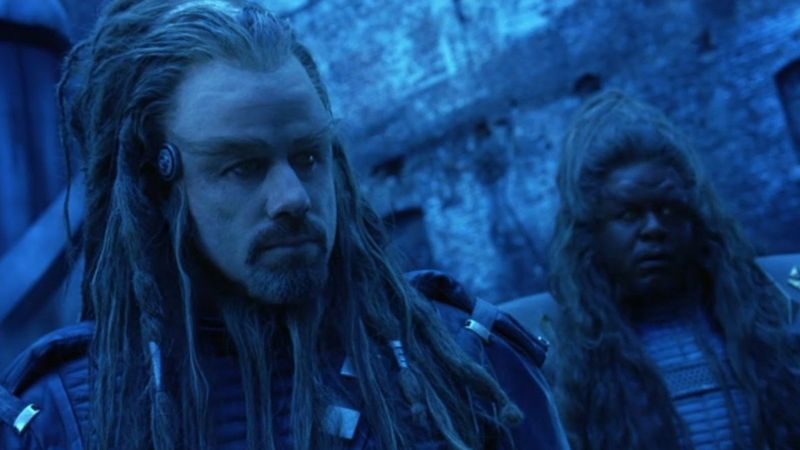
“Battlefield Earth” is often remembered as a legendary flop. With a $73 million budget, it grossed far less worldwide. The film’s incoherent plot and poor dialogue were widely panned by critics.
Despite its ambitious scope, it failed to engage audiences, resulting in a significant financial loss. Its failure highlights the importance of strong storytelling and production quality in creating successful films. “Battlefield Earth” remains a cautionary tale in the annals of cinema.
The Astronaut’s Wife (1999)
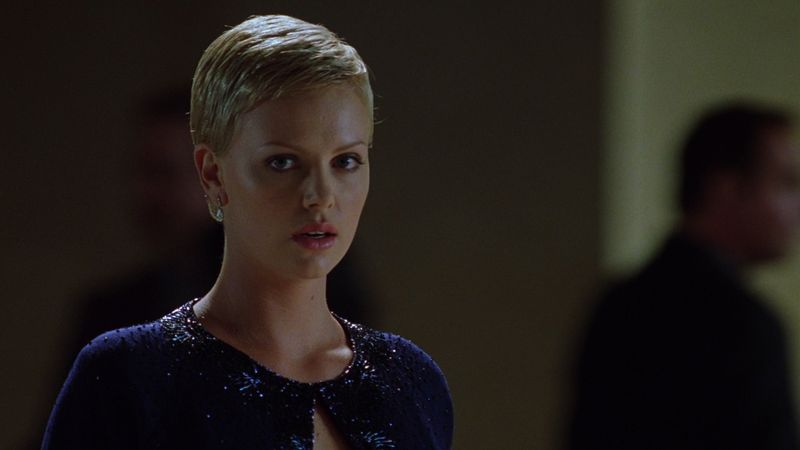
“The Astronaut’s Wife,” starring Johnny Depp and Charlize Theron, was a sci-fi thriller that failed to make an impact. With a production cost of $75 million, it underperformed at the box office. Critics cited its slow pacing and lack of originality as major flaws.
Despite its intriguing premise, the film couldn’t engage audiences or generate excitement. Its failure underscores the importance of innovation and engaging storytelling in science fiction cinema.
Speed Racer (2008)

“Speed Racer” was a visually striking film that failed to capture the attention of audiences. With a budget of $120 million, it struggled to break even. The film’s unique visual style was both a highlight and a detriment, dividing audiences and critics.
Despite its creative direction, it couldn’t overcome narrative weaknesses and a lack of emotional engagement. “Speed Racer” serves as a reminder of the challenges in balancing visual innovation with storytelling in filmmaking.
Heaven’s Gate (1980)
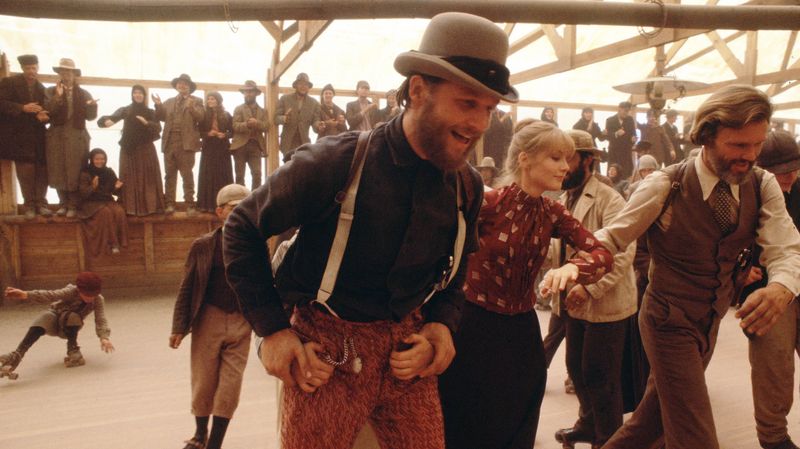
“Heaven’s Gate” is infamous for its massive budget overruns and financial failure. With production costs soaring to $44 million, an enormous sum in 1980, it was a critical and commercial disaster. The film’s excessive length and lack of focus were widely criticized.
Despite its ambitious scope and detailed production design, it failed to engage audiences, leading to significant financial losses. “Heaven’s Gate” remains a cautionary tale about the risks of unchecked directorial ambition and the importance of editing.
The Adventures of Rocky & Bullwinkle (2000)

In 2000, “The Adventures of Rocky & Bullwinkle” aimed to bring the beloved cartoon characters to the big screen in a live-action and animation hybrid. Unfortunately, the movie struggled with its identity, trying to appeal to both children and adults but failing to capture the hearts of either audience. The ambitious blend of animation and live-action proved challenging, leading to a disjointed narrative that didn’t resonate.
Despite having a star-studded cast, including Robert De Niro, the film fell flat at the box office, earning significantly less than its production cost. The movie’s failure highlighted the risk of adapting nostalgic content without a clear target audience. It also served as a lesson in the importance of cohesive storytelling, especially when dealing with complex visual effects.
Treasure Planet (2002)
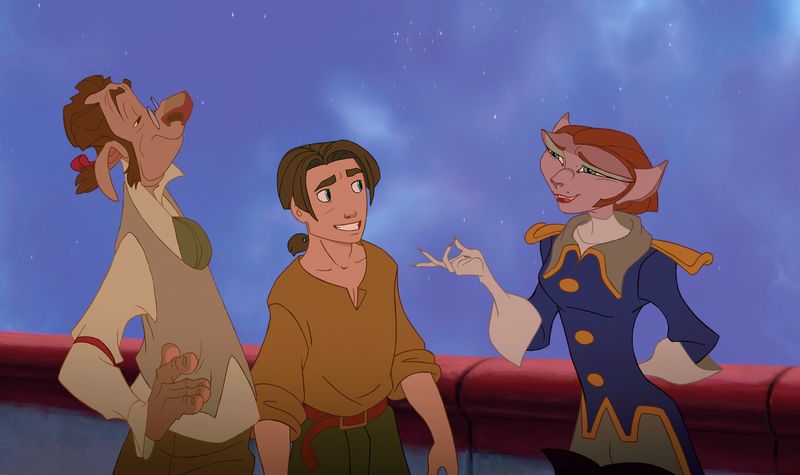
“Treasure Planet” was Disney’s ambitious attempt to blend traditional animation with CGI. Despite its $140 million budget, it failed to capture audiences. The film suffered from a lack of marketing and competition with other releases.
Despite creative storytelling and stunning visuals, it couldn’t achieve commercial success. Its performance serves as a reminder of the challenges in launching innovative concepts in animation without sufficient support and timing.
Final Fantasy: The Spirits Within (2001)
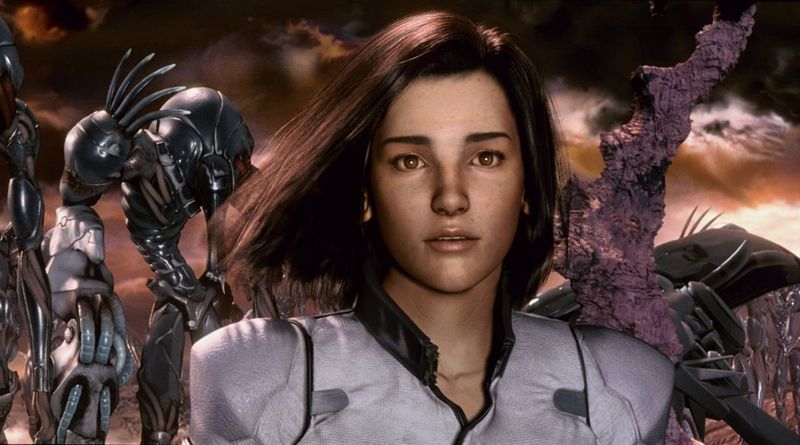
“Final Fantasy: The Spirits Within” was a groundbreaking film for its time, using advanced CGI to create lifelike characters. However, with a budget of $137 million, it was a financial failure. The film struggled to connect with audiences due to its complex plot and lack of familiar elements.
Despite its technical achievements, it couldn’t achieve commercial success. Its failure highlights the importance of relatable storytelling, even in visually innovative films.
The Postman (1997)
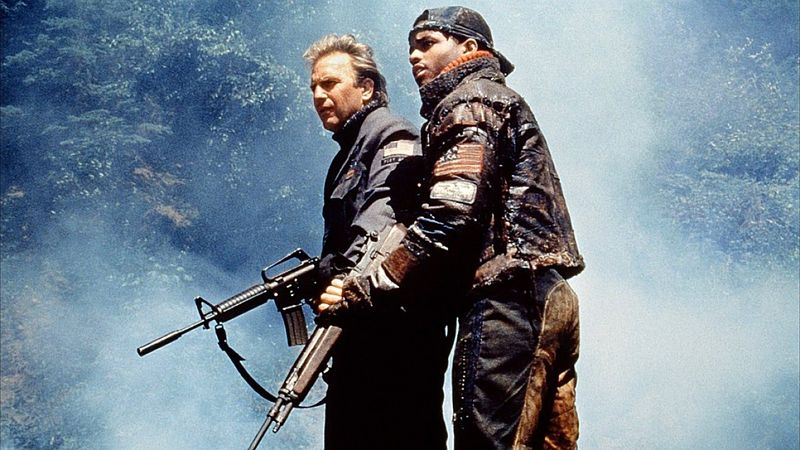
“The Postman,” directed by and starring Kevin Costner, was a post-apocalyptic epic that failed to deliver at the box office. With a budget of $80 million, it grossed significantly less. Critics cited its lengthy runtime and lack of engaging narrative as major flaws.
Despite its ambitious scope, the film couldn’t resonate with audiences. Its commercial failure underscores the need for compelling storytelling and pacing in achieving cinematic success.
Pan (2015)

“Pan” was an ambitious prequel to the classic Peter Pan story, but it failed to captivate audiences. With a budget of $150 million, it underperformed at the box office. The film’s convoluted plot and lack of emotional depth were criticized.
Despite imaginative visuals, it couldn’t compensate for its narrative shortcomings. Its failure highlights the importance of strong, engaging storytelling in reimagining beloved tales for new audiences.
The Wolfman (2010)
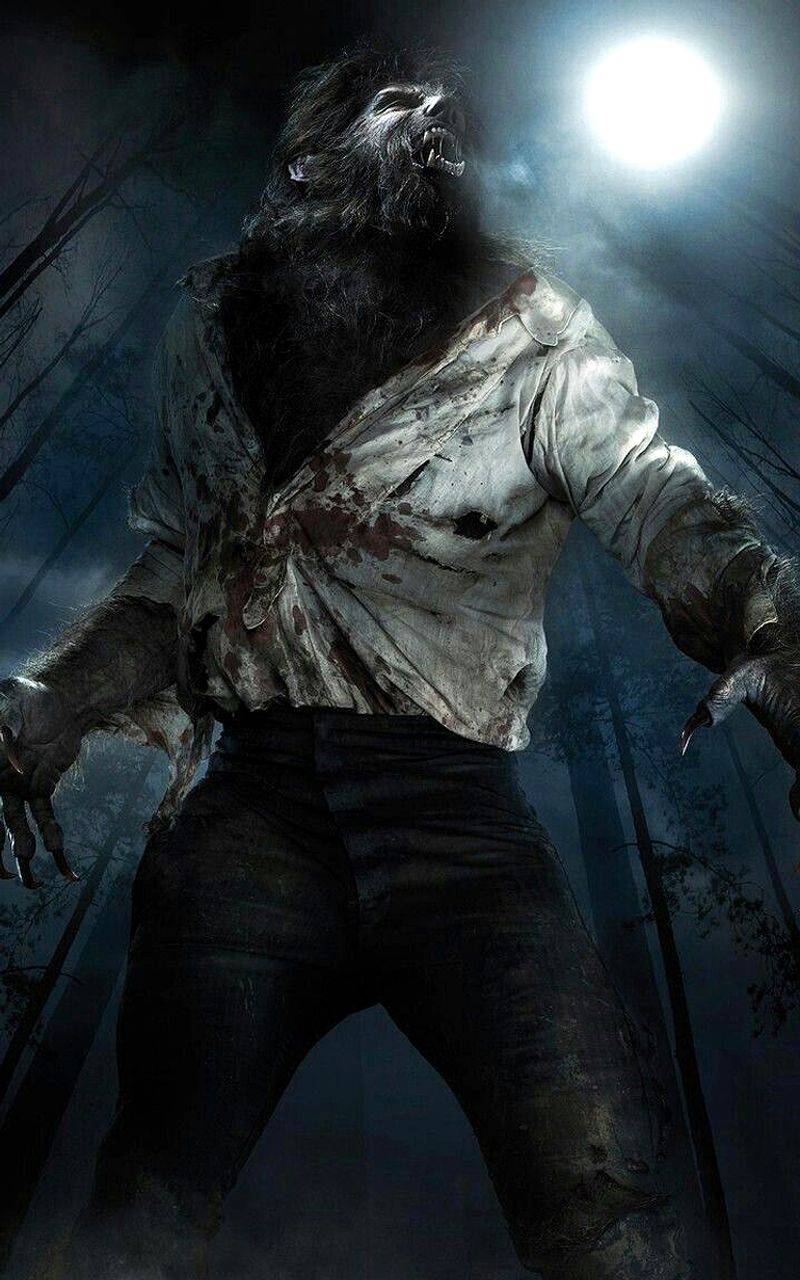
“The Wolfman,” a remake of a classic horror story, struggled to find its footing at the box office. With a budget of $150 million, it failed to recoup its costs. The film faced multiple production challenges, including script rewrites and reshoots.
Despite its atmospheric visuals, it couldn’t overcome narrative inconsistencies and pacing issues. Its commercial underperformance serves as a reminder of the difficulties in reinventing classic horror for modern audiences.
Monkeybone (2001)
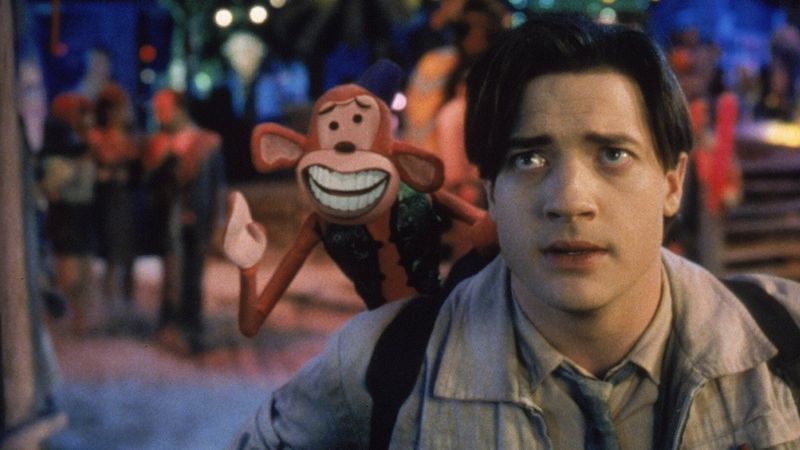
“Monkeybone” is a unique blend of live-action and animation that failed to resonate with audiences. With a budget of $75 million, it was a financial disappointment. The film’s bizarre premise and uneven execution were noted by critics.
Despite its creative ambition, it struggled to engage viewers or generate excitement. Its failure highlights the risks involved in experimental storytelling and the challenges of blending different mediums in film.
The Goldfinch (2019)
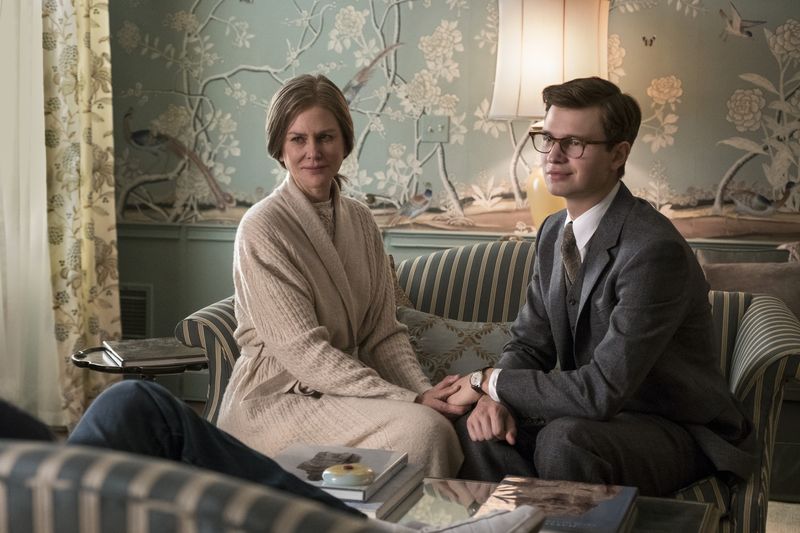
“The Goldfinch,” based on the Pulitzer Prize-winning novel, failed to translate critical acclaim into box office success. With a $45 million budget, it didn’t meet expectations. The film’s lengthy runtime and complex narrative were seen as barriers to audience engagement.
Despite its talented cast and artistic direction, it couldn’t resonate broadly with moviegoers. Its underperformance underscores the challenges of adapting complex literary works for the screen while maintaining audience appeal.
